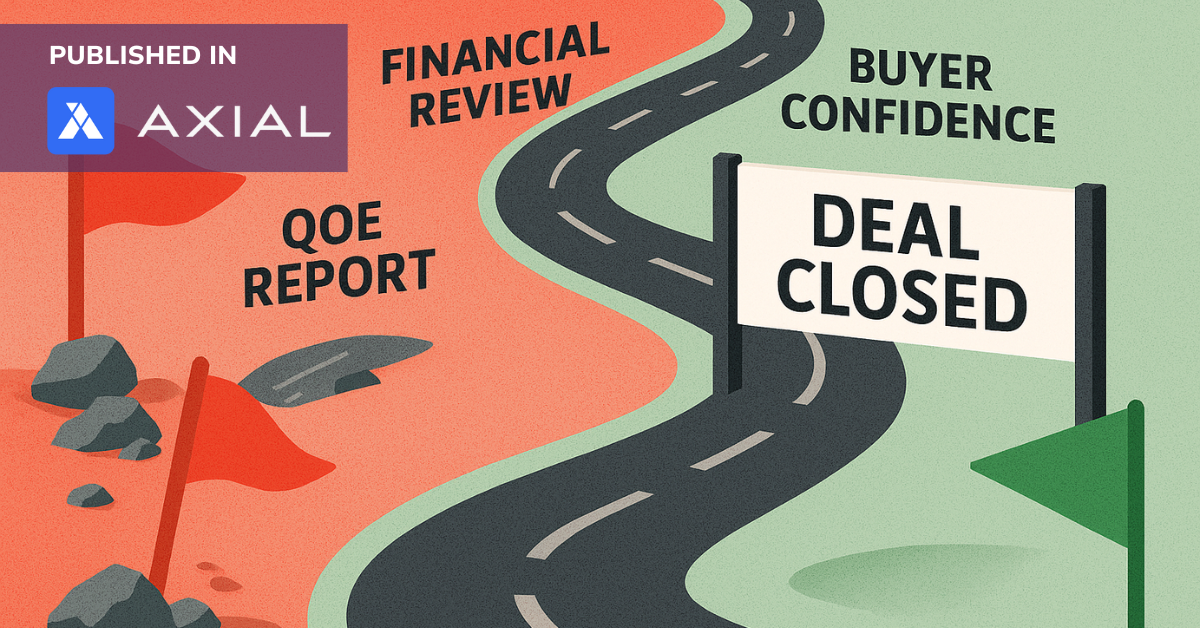Growth through acquisition is often the fastest way to expand your business and increase its value.
There are many great benefits derived from purchasing another company including instant access to new customers, products and markets; acquiring new talent, equipment, and technology; removing a competitor from the playing field; and getting a big bump up in revenues, margins, and earnings. However, it is also a path fraught with pitfalls at multiple points if the acquisition process is not managed correctly. For a privately held or family-run company, the complexity of an acquisition entails even greater risks that can sabotage even the best-run businesses.
Having advised numerous companies over the last 30 years in both buy and sell–side transactions, we have seen first-hand what works and what doesn’t and have identified 4 steps that are critical to a successful outcome. Buying a company is a complex process and glazing over any one of the following steps could lead to disastrous and expensive results: 1) a well-defined strategic plan outlining goals, responsibilities and timetables 2) thorough due diligence to fully understand what you are buying (and what you are not) 3) a clearly articulated financial rationale 4) the right internal and external team to ensure a well-managed process and integration.






